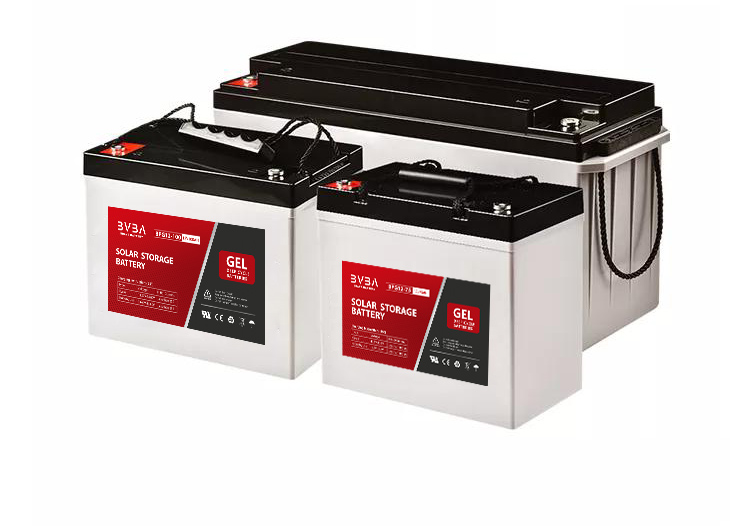A solar battery stores excess energy generated by solar panels for later use, enabling consistent power supply even when the sun isn’t shining.
Key Functions:
Energy Storage: Captures and stores surplus solar energy for later use.
Backup Power: Provides electricity during grid outages or low solar production times.
Energy Efficiency: Maximizes the use of solar power, reducing reliance on the grid.
Load Shifting: Allows users to use stored energy during peak demand times, saving on electricity costs.
Sustainability: Supports off-grid living or reduces carbon footprint by using renewable energy.


Types of Solar Batteries:
- Lead-Acid Batteries
- Description: The most common and cost-effective type of solar battery, including flooded lead-acid (FLA) and sealed (AGM or Gel) versions.
- Advantages: Affordable and reliable.
- Limitations: Shorter lifespan and lower depth of discharge compared to other options.
- Lithium-Ion Batteries
- Description: A newer, more advanced type of solar battery with higher efficiency and longer lifespan than lead-acid batteries.
- Advantages: Longer lifespan, higher energy density, and more compact.
- Limitations: Higher initial cost.
- Saltwater Batteries
- Description: A more environmentally friendly battery that uses saltwater as its electrolyte.
- Advantages: Non-toxic, sustainable, and safe.
- Limitations: Still in early stages of development and generally more expensive.
Flow Batteries
- Description: Uses liquid electrolyte solutions to store energy, allowing for more scalable energy storage.
- Advantages: Long lifespan, scalable energy storage, and safer for larger installations.
- Limitations: Expensive and less commonly available.
Nickel-Cadmium (NiCd) Batteries
- Description: A durable, high-performance battery, typically used in off-grid systems.
- Advantages: Long life and can handle extreme temperatures.
- Limitations: High cost, environmental concerns, and lower energy density.
